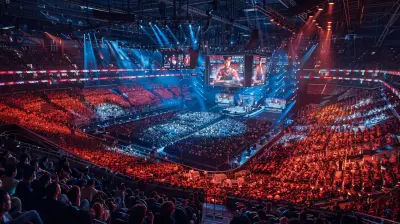Balancing Realism with Fantasy in Open World Game Worlds
14 October 2025
Open-world games—who doesn’t love them, right? They give us sprawling landscapes to roam, endless quests to undertake, and a chance to immerse ourselves in worlds far more thrilling than our everyday realities. But here’s the thing: building a truly great open-world game is a balancing act. Too much realism, and you end up with something that feels mundane. Too much fantasy, and the world starts to lose its believability. Game developers are walking a tightrope, trying to balance realism with fantasy to create game worlds that are both magical and relatable. It’s no easy task.
In this article, we’ll break down how developers find that sweet spot between realism and fantasy in open-world games, why this balance matters so much, and what it means for us as players. Whether you’re a hardcore gamer or just someone who enjoys a good story, this is a conversation worth having.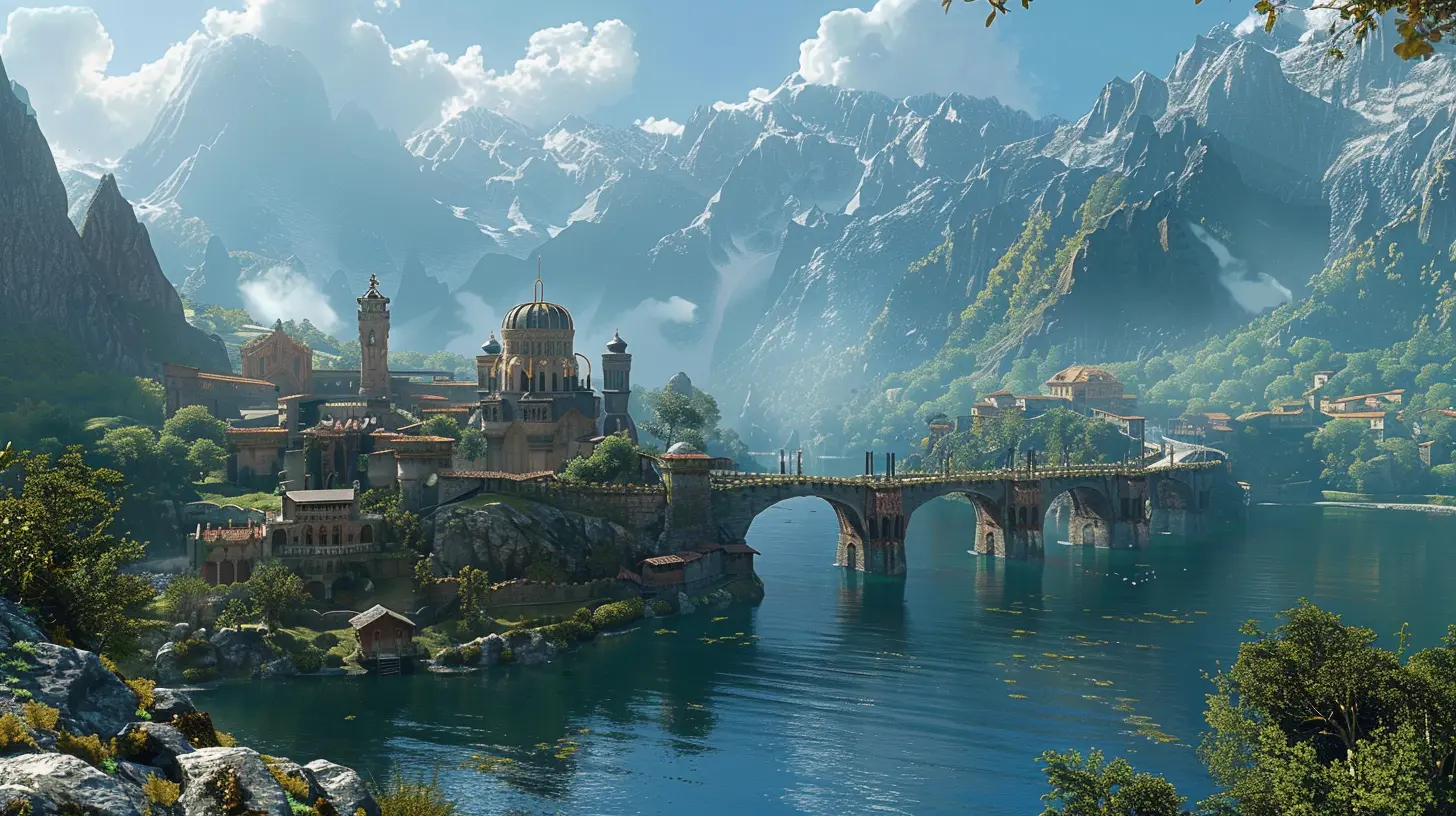
Why Balance Matters in Open World Games
Let’s be real—open-world games live or die by the strength of their worlds. It’s not just about how it looks (though graphics are definitely important), but how it feels. Does the world make sense? Can you imagine yourself existing in it, even for a little while? That’s where the balance comes in.The Immersion Factor
Ever played an open-world game where something just felt...off? Maybe it was a hyper-realistic environment, but the NPCs (non-player characters) behaved like cardboard cutouts. Or maybe it was a fantastical world filled with dragons and magic, but the world felt flat because there were no relatable rules or logic tying it all together. Immersion is what glues the whole experience together, and striking a balance between realism and fantasy is how developers keep us hooked.Realism Grounds the Fantasy
Without some grounding in reality, fantasy worlds can feel, well, kind of ridiculous. Think of it like this: you can have a world filled with flying islands and fire-breathing monsters, but those fantastical elements hit harder when they exist alongside details that feel real, like believable weather systems, the struggle for survival, or political intrigue. Realism is the anchor—it keeps all the wild ideas tethered to something we can understand on a basic level.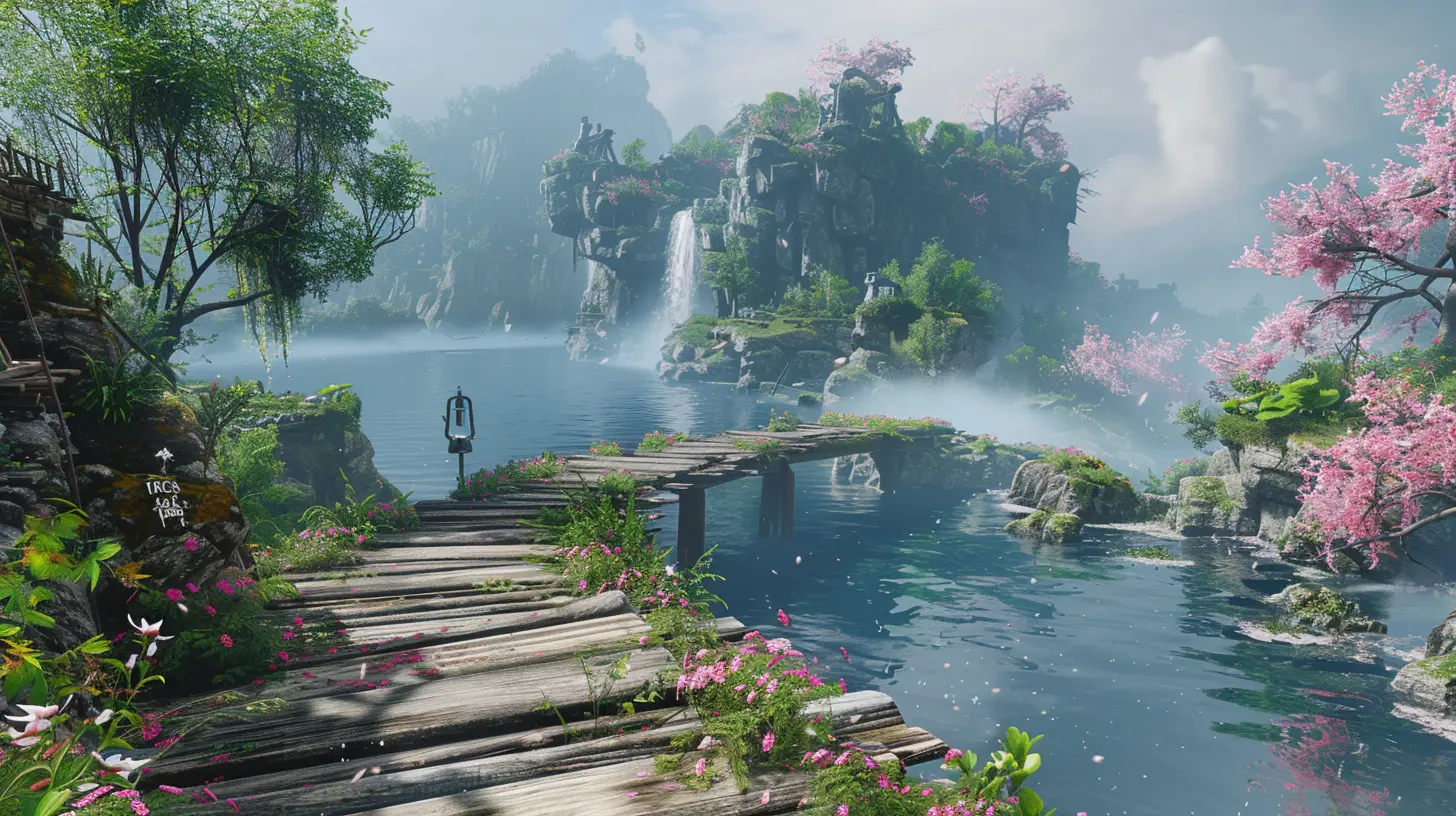
What Realism Brings to the Table
So, what does realism actually look like in an open-world game? And why is it so important? Let’s break it down.1. Believable Environments
When you walk through the streets of a city in a game like Cyberpunk 2077 or wander the forests in The Witcher 3, you feel like you’re there. That’s because the developers paid attention to the little details: the way the light reflects off wet pavement, the sound of birds chirping in the distance, or the hustle and bustle of NPCs going about their daily lives. These are the things that make a world feel alive.Take Red Dead Redemption 2, for example. It’s a great case study in realism. The game nails the small details, from the way horses interact with the environment to how weather conditions affect gameplay. Every element is meticulously crafted to make the player feel like they’re living in the Old West.
2. Logical Systems
Realism isn’t just about how things look—it’s also about how they work. If you’ve ever played a game where the mechanics didn’t make sense, you know how frustrating it can be. Realistic systems, like day-night cycles, realistic physics, or ecosystems where animals behave predictably, help make a game world feel consistent and believable.For instance, in Horizon Zero Dawn, the robot dinosaurs might not be realistic (obviously), but their behavior is. They react to threats, travel in herds, and follow patterns that mimic real-life animal behavior. That logical consistency makes the game world feel more alive.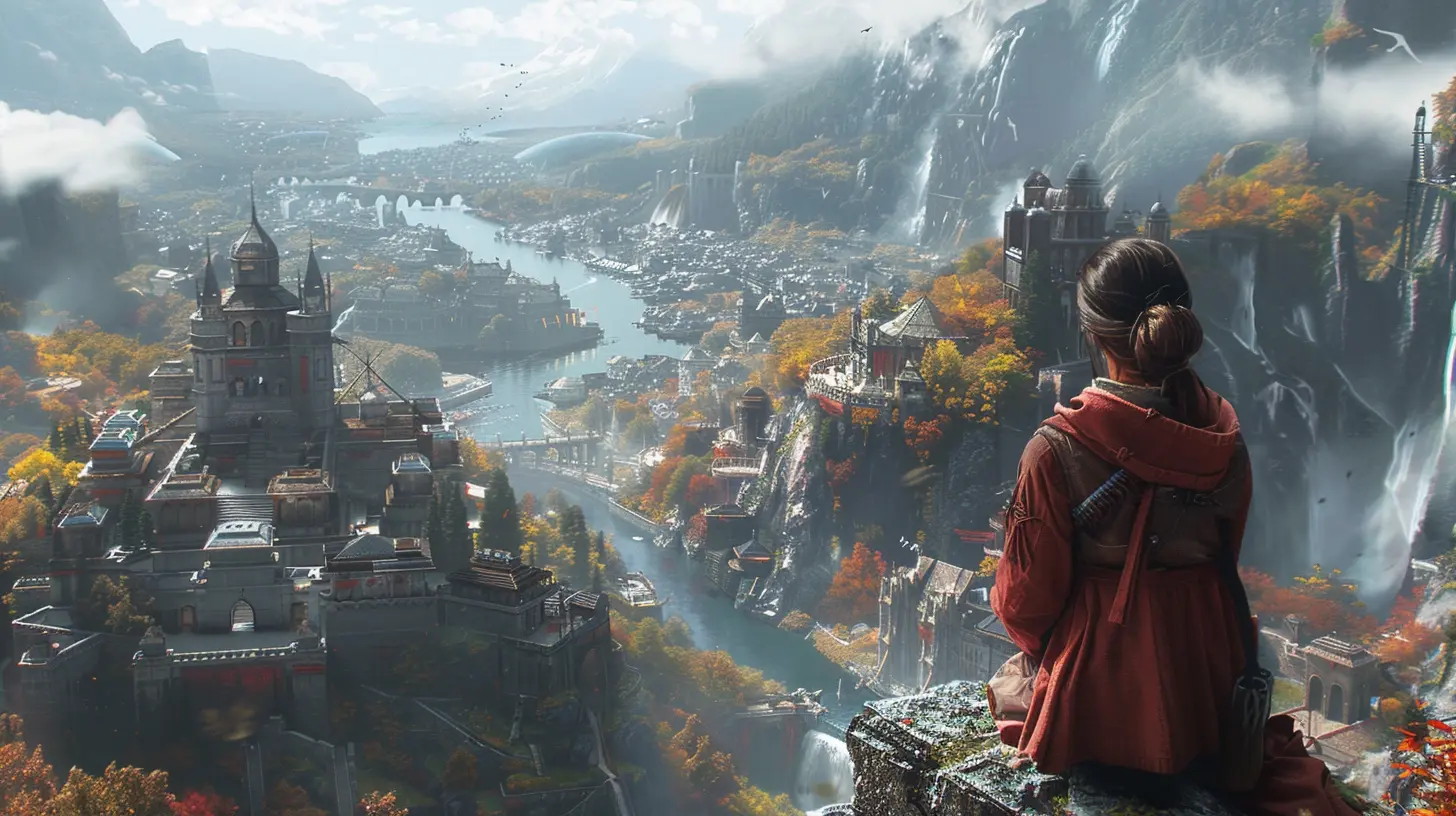
Where Fantasy Comes In
Okay, so realism is important—but let’s not forget why we play games in the first place. We want to escape, to experience something we can’t get in real life. That’s where fantasy comes in.1. Expanding the Imagination
Fantasy is what makes open-world games unforgettable. It’s the sprawling alien landscapes of No Man’s Sky, the medieval magic of Elden Ring, or the post-apocalyptic wonder of Fallout. Fantasy gives developers the freedom to break the rules of reality and create something entirely new.Good fantasy doesn’t just throw things in arbitrarily, though. It’s about crafting a world that feels cohesive—even if it’s wildly different from the real world. In The Legend of Zelda: Breath of the Wild, for example, the fantastical elements—like climbing sheer cliffs, summoning magical powers, and encountering mythical creatures—feel natural within the game’s universe. None of it feels out of place, even though it’s far from realistic.
2. Emotion Over Logic
Fantasy also allows for emotional storytelling. Realism tends to be logical—it wants to mimic the real world as closely as possible. Fantasy, on the other hand, lets developers focus on how the world feels. It’s about creating moments that stick with you long after you’ve put down the controller. Think about the first time you saw a dragon soaring overhead in Skyrim. Did you stop to wonder if dragons could exist in a realistic medieval society? Probably not. You just felt awe.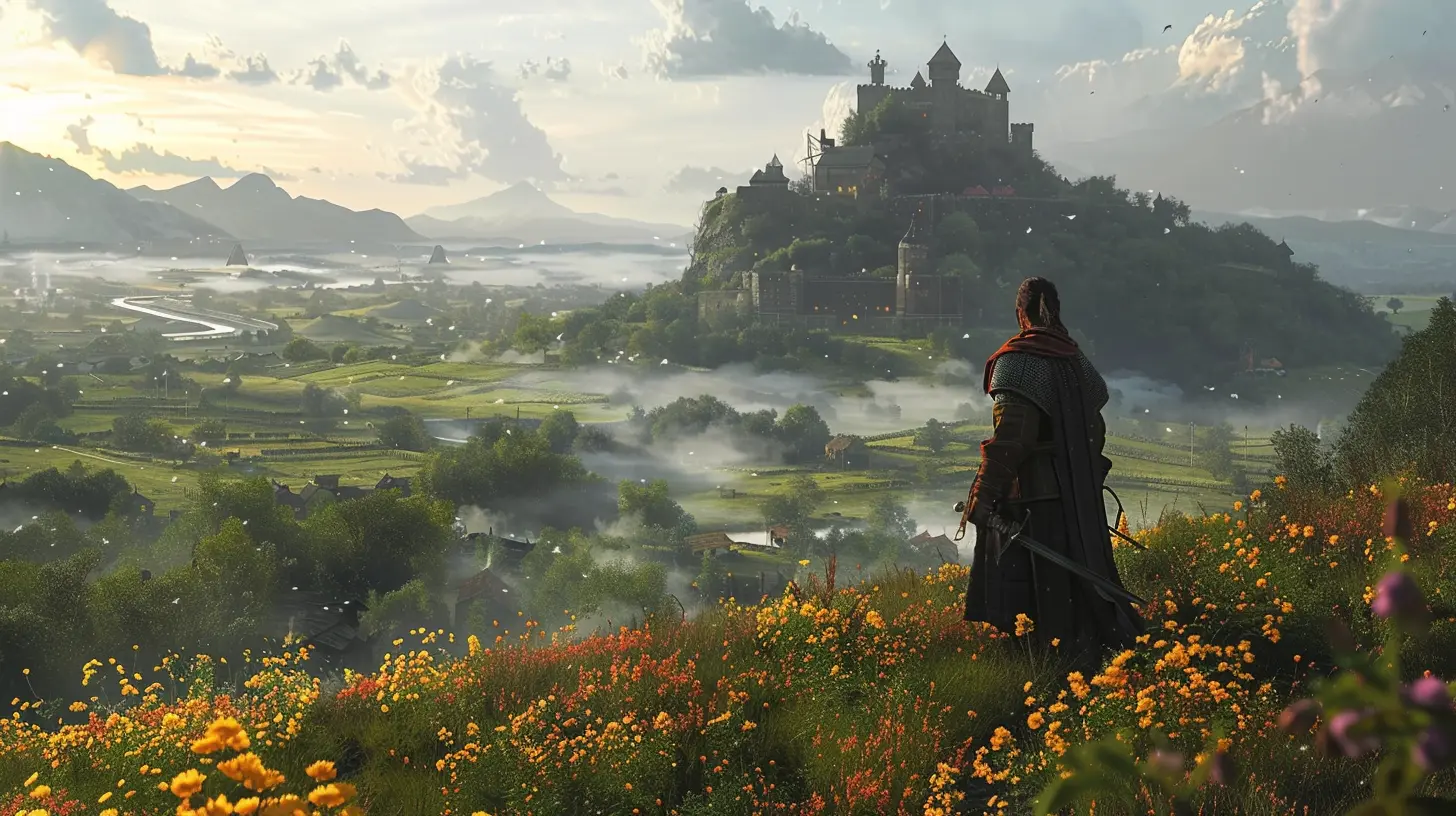
The Fine Line Between Too Much and Too Little
So, we’ve established that both realism and fantasy have their roles to play in open-world game design. But how do you find the perfect balance? Too much realism can make a game tedious, while too much fantasy can make the world feel hollow. Here’s how developers are tackling this challenge.1. Blend Realism with Fantasy in Layers
One approach is to layer realism and fantasy. Start with a foundation of realism—believable environments, systems, and characters—and then add fantasy on top. This approach works because it makes the fantastical elements stand out more. Think about games like Assassin’s Creed: Odyssey. The game starts by grounding you in ancient Greece, a world that feels historically rich and realistic. Then it layers in mythological creatures and magical artifacts, making those elements feel special rather than overwhelming.2. Prioritize Player Agency
Another way to strike the balance is by giving players choices. Let them decide how much realism or fantasy they want to engage with. For example, in Skyrim, players can spend hours crafting potions and weapons if they’re into the realistic, grindy side of things. But they can just as easily dive straight into a magical questline if that’s more their speed. This flexibility helps keep the world feeling balanced for a wide range of players.3. Don’t Overdo Either Extreme
Finally, remember that less is sometimes more. A game that leans too heavily into realism might feel more like a simulation than an adventure, while a game that’s all fantasy risks losing its emotional weight. Developers need to know when to pull back on the throttle. For example, in The Witcher 3, the developers could’ve gone overboard with the magical creatures, but instead, they carefully integrated those elements into the story and the world’s lore, making them feel purposeful.Why This Balance Resonates with Players
When you think about it, the balance between realism and fantasy mirrors our own lives. We’re drawn to stories and games that feel relatable, that remind us of our own experiences in some way—but we also crave escapism. Open-world games that strike this balance resonate with us on a deeper level because they reflect our inner push-and-pull between the ordinary and the extraordinary.Take GTA V, for instance. It’s rooted in realism, with its satirical take on modern-day America, but it also lets you pull off ridiculous stunts and live a life that would be impossible in the real world. It’s the best of both worlds.
The Future of Open-World Game Worlds
So, what’s next for the balance of realism and fantasy in open-world games? With advancements in technology, we’re seeing more tools that allow developers to create hyper-realistic environments, while also giving them the freedom to imagine bold, fantastical worlds. Think of games like Starfield, which promises a hard sci-fi universe but leaves room for the wonder and thrill of space exploration.The future is bright, and as long as developers continue to walk that fine line, we’ll keep getting the kinds of open-world games that capture our imaginations and steal hours (okay, let’s be honest, days) of our lives.
all images in this post were generated using AI tools
Category:
Open World GamesAuthor:

Leif Coleman
Discussion
rate this article
1 comments
Upton Monroe
Great insights on blending realism and fantasy! Striking that balance is crucial for immersion and player enjoyment. It’s fascinating to see how different games tackle this challenge, creating unique experiences that resonate with diverse audiences.
October 14, 2025 at 4:55 PM

Leif Coleman
Thank you! I appreciate your thoughts on the importance of this balance in enhancing player immersion and enjoyment. It's indeed interesting to see how various games approach this challenge.

